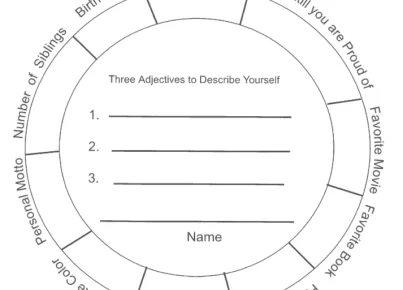Introduction:
In today’s fast-paced and digital world, instilling the values of kindness and empathy in our children has become more essential than ever. Challenging your class to become certified kind offers an opportunity to bring a positive change in their lives by promoting kindness, compassion, and understanding. By introducing a Certified Kind Classroom program, teachers can encourage students to develop crucial skills that will help them become better individuals and support others in their community.
What is a Certified Kind Classroom?
A Certified Kind Classroom is a program designed to recognize and reward children for their acts of kindness and empathy. Teachers can implement this initiative by setting specific goals for students to achieve, tracking progress, and celebrating their achievements. The objective is to create an environment where children feel inspired and motivated to practice kindness on a daily basis, both in the classroom and beyond.
How to Implement the Program:
1. Set clear objectives: As an educator, your first step should be to identify what you want your students to achieve through the Certified Kind Classroom program. For instance, you might aim for each child to perform three acts of kindness per week or encourage them to participate in monthly community service projects.
2. Develop a tracking system: Create a fun and engaging way for students to track their acts of kindness. You can use a bulletin board with stickers, individual journals, or even a digital chart that students update regularly.
3. Encourage group discussions: Make time for regular discussions about acts of kindness or incidents of unkind behavior that transpired in the classroom or school grounds. Talk about how it made everyone feel and brainstorm ways that they could have handled situations differently.
4. Recognize achievements: Praise students for their acts of kindness individually or as a group. Offer awards, certificates, or incentives for meeting certain milestones in the form of extra break time or fun classroom activities.
5. Provide resources: Supply students with books, articles, and videos that showcase kindness in action. Discuss these materials during group discussions to help inspire your students.
6. Engage with parents: Communicate with parents about the program and encourage them to reinforce the importance of kindness at home. Share your strategies and request their assistance in tracking acts of kindness performed outside school premises.
7. Celebrate successes: Organize a small party or event for students who achieve their goals, reinforcing the importance of kindness and recognizing the collective effort as a class.
Conclusion:
The Certified Kind Classroom program is a simple, yet powerful way to promote kindness in the classroom and beyond. By creating an environment that values empathy and understanding, educators can ensure that students learn vital life skills that will serve them well throughout their lives. Implement this program in your classroom today and witness the transformative power of kindness on your students’ lives!





